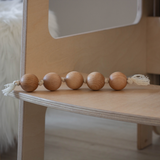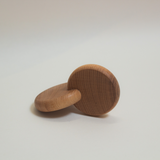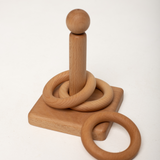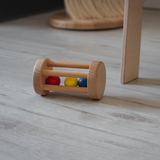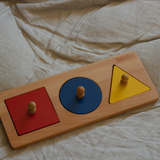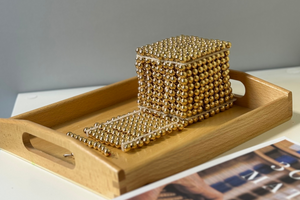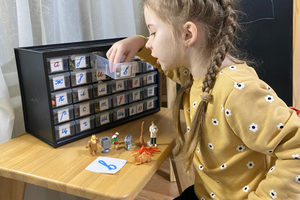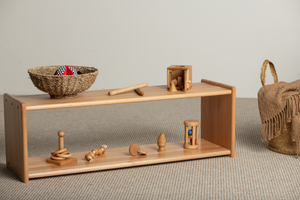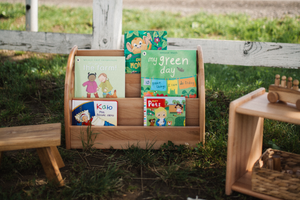Understanding the Importance of Developing a Child’s Hand Motor Skills
We all understand the importance of developing a child's hand motor skills. Sometimes it seems like these are just natural processes that should happen on their own. However, it's crucial to understand how these processes occur so that we don't miss anything important.
Often, due to educational neglect, children struggle to control the movements of their own hands, which impacts all areas of their lives. Many striking posts from child psychologists today highlight that children fail school readiness tests because they lack the hand control needed to hold a pen or brush for extended periods and to focus their hand movements on prolonged fine motor tasks.
The development of wrist praxis in a child is a vital aspect of motor development.
Praxis is the ability to plan and execute complex movements, involving coordination and motor control. In the context of the wrist, this refers to the child’s ability to perform precise and coordinated movements with their hands and wrists.
Here are a few key points about the development of wrist praxis in children:
The Importance of Developing Wrist Praxis
Fine Motor Skills: Wrist development is crucial for enhancing fine motor skills, which include the ability to manipulate small objects, write, draw, and perform daily tasks such as buttoning clothes or tying shoelaces.
Hand-Eye Coordination: Well-developed wrist movements help improve hand-eye coordination, which is essential for many activities, including sports, art, and academic tasks.
Independence: Developing these skills promotes greater independence in the child, enabling them to perform more tasks without adult assistance.
Developmental Stages
0-6 months: Children start exploring their hands, attempting to control and manipulate objects, such as holding a rattle.
6-12 months: Children improve their ability to reach for and grasp objects, moving them from hand to hand.
12-24 months: More complex movements begin to develop, such as wrist rotation for object manipulation, and using a spoon or fork.
2-3 years: Children start using their wrists for more precise movements, such as drawing and assembling puzzles.
3-5 years: Further refinement of fine motor skills, with the ability to perform more complex tasks like writing, cutting with scissors, and threading beads.
Activities to Develop Wrist Praxis
Drawing and Coloring: Using pencils, markers, and brushes helps strengthen the wrist.
Building: Playing with construction sets, blocks, and LEGO develops coordination and wrist strength.
Clay Modeling: Working with clay or playdough helps develop hand and finger muscles.
Clip Games: Using clips to grasp and move small objects develops wrist strength and coordination.
Scissor Work: Cutting paper helps develop the precision of wrist movements.
Threading Tasks: Threading beads or pasta onto a string promotes coordination and motor skills.
Puzzles and Mosaics: Placing pieces into place develops precision and coordination of movements.
Tips for Parents
Ensure Variety: Engage your child in various activities that require different levels of wrist control and coordination. Provide Appropriate Materials and Toys: Ensure that toys are accessible and suitable for the child's age and developmental needs. Maintain Interest: Use games and tasks that the child enjoys to stimulate their motivation to practice. Monitor Progress: Track the development of the child's skills and adjust activities as needed. Don’t Rush: Remember that each child develops at their own pace. It’s important to support them without putting pressure on them.
Recommended Materials
- Grasping stick
- Montessori discs
- Rattles
- Stacker
- Inserts
- Insert puzzle
- Stacking cubes
- Horizontal stacker
- Hammer game
By providing the right activities and support, parents can help their children develop the crucial motor skills needed for their overall growth and independence.

